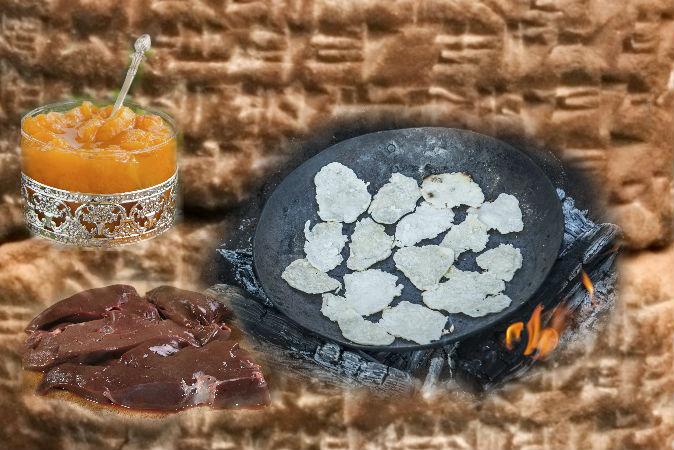An archaeological team excavating an ancient center of the Hittite civilization in Turkey has recreated a 4,000-year-old Hittite feast including sweet breads, casseroles, grilled lamb hearts, and apricot butter, using the same techniques and methods used four millennia ago. The knowledge used to create the meal was based on information acquired from studying ancient tablets found at Alacahöyük.
Alacahöyük was one of the most important centers of the ancient Hittite civilization and remains an important archaeological site. It was first occupied in the Chalcolithic Age, around 7,000 years ago, and has been continuously occupied ever since. A Sphinx Gate, along with the discovery of sun disks, bull statues, and 13 tombs of Hittite kings, reflect the significance of the site.
Aykut Çınaroğlu, the head of the excavations at Alacahöyük and professor of archaeology at Ankara University, reported that his team had conducted research on the diet and preparation methods of the Anatolian-Hittites, dating back 4,000 years.






